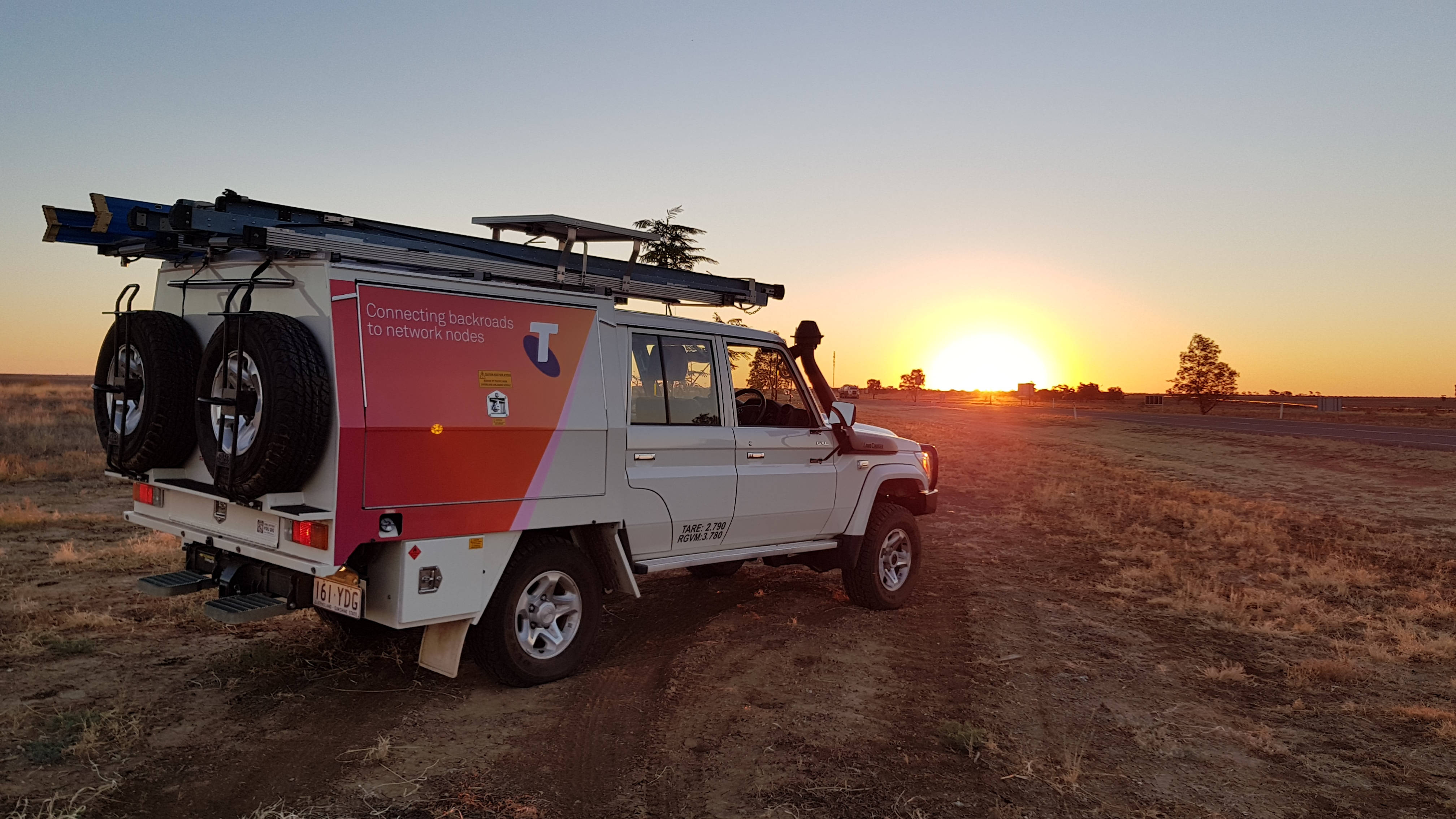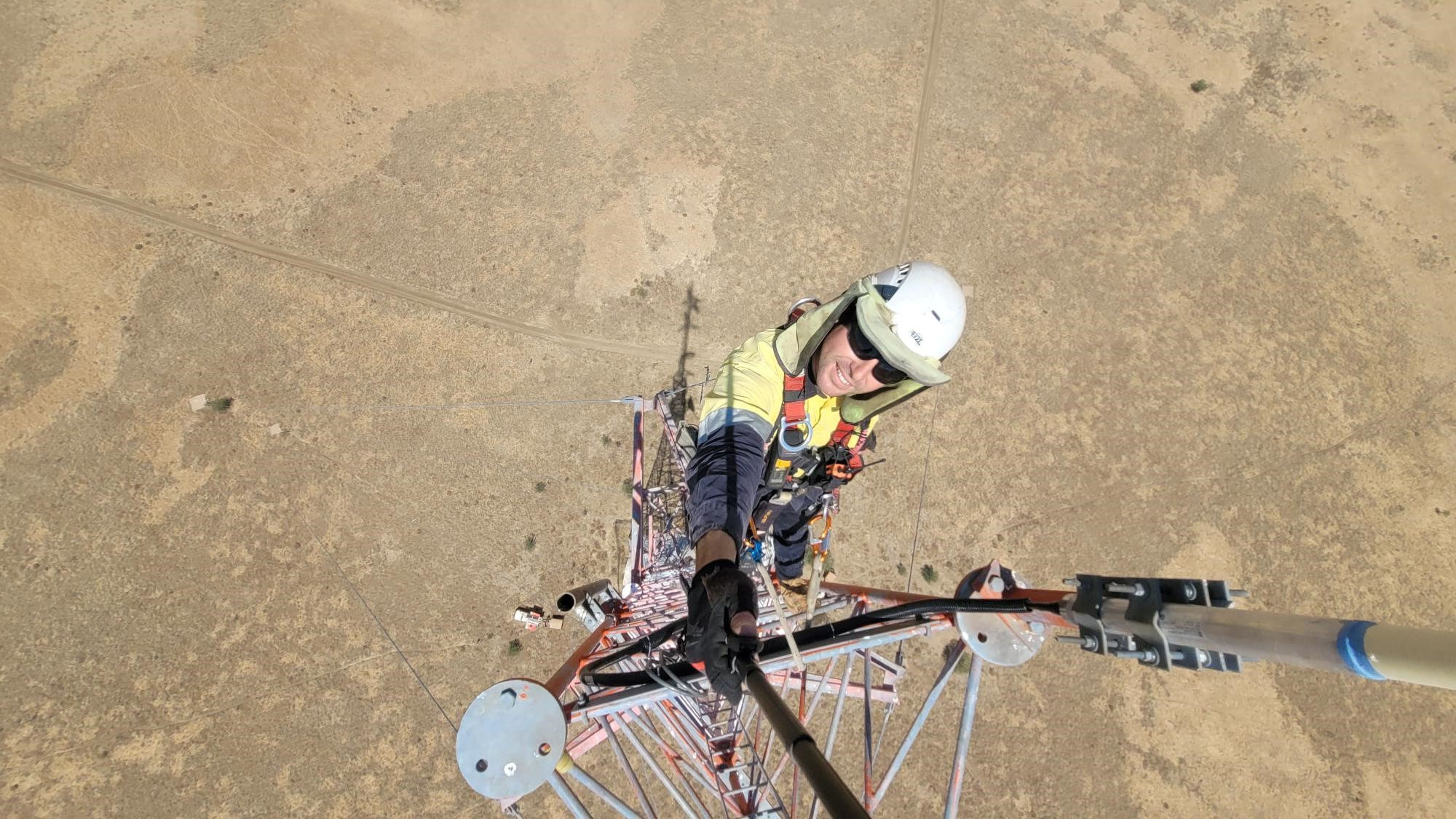Our 3G closure in 2024: your questions answered

Just in case you’re not already aware: we will be closing our 3G network on 30th June 2024.
Do you have any questions? Scroll down for our 3G shutdown FAQs.
When 3G launched in 2003, we used our mobile devices for calls, texting and accessing very basic information online.
When we say basic, we mean clicking your phone’s buttons through a text-only menu, choosing ‘footy scores’ then waiting 30 seconds for a list of numbers to show up. It was a simpler time!
Today - 20 years later - we use our mobile devices for many data-heavy tasks, and data is central to our experience on them. Demand for mobile data is growing by around 30 per cent every year.
As our technology and our use cases change, we need a network that’s fit for today and for the future. That’s why we continue to upgrade the technology that underpins our mobile network from 3G to 4G, and now 5G, and in future we will do so again for 6G.
Once we’ve closed the 3G network, we’ll repurpose the radio spectrum that it used to expand the capacity and reach of our 5G network.
We started talking to our customers about saying goodbye to 3G back in October 2019 to make sure they had enough time to understand what changes they need to make.
The down low on equivalent coverage
Over the last few years we have been rapidly rolling out and adjusting our 4G to match our 3G coverage and this work is continuing in the lead up to 3G closure.
This work involves upgrading all existing 3G sites with 4G technology, adding new 4G sites and optimising others to create equivalent 4G coverage in areas where 3G only coverage exists today. As we approach 3G closure further changes in network configuration will also be made to ensure existing 4G is optimised to better ensure equivalence in fringe coverage areas.
It’s important to note that mobile coverage is affected by many factors independent of the technology used. The environment, device sensitivity, and how the device is used can all affect your coverage experience.
The environment around you matters. Coverage is impacted by larger fixed terrain features such as mountains and hills in a predictable manner, but coverage is also affected by changeable local geographic features such as trees and new foliage growth, and the construction of new buildings, that may reduce or block previously available outdoor coverage.
These factors mean that your coverage experience at any specific location is inherently variable - and especially over time, even when coverage to the area remains unchanged.
Not all devices are equal. Further variability in coverage experience is added by the device used and how it is used. Not all devices are created equal when it comes to network sensitivity – how your device actually detects and connects with our network, particularly at the very edge of coverage, matters.
Our ‘Blue Tick’ devices have been thoroughly tested to ensure they’re able to maximise coverage reach. The way a device is used will also affect coverage, for example whether held to the head or at waist level, above dashboard or in the centre console will all have an effect.
What this means is that to ensure 4G coverage equivalence, you need to use an equivalent device (e.g. Blue Tick 4G if previously using Blue Tick 3G). The same is true for coverage extension devices (e.g. if you used a 3G T-Go you need a 4G T-Go). Finally, you must use it in the same manner (e.g. if your 3G device is mounted above a dashboard in a vehicle, you need to do the same with your 4G device).
Signal bars don’t mean what you think. It’s worth noting that the signal bars displayed on devices can also give a false impression of the level of coverage when comparing between different devices or mobile technologies.
There are no standards between mobile device manufacturers for signal bars. The same signal on one may show more or fewer bars than another device, and as 4G is specifically designed to work and use a lower signal level than 3G it should – all else being equal –show fewer bars for equivalent service in any case.
Read our full 3G closure FAQ for more information.
Do you have any questions?
In areas that currently only have a 3G signal, we’re committed to providing 4G before we close 3G. To ensure equivalent 4G coverage to 3G, it’s important that you use an equivalent device. For example, if you’re using a Blue Tick compliant 3G device, you’ll need a Blue Tick compliant 4G device. If you’re using a 3G T-Go or TSMA coverage extension device, you’ll need an equivalent 4G device.
Your experience should improve. In most cases, you should notice a substantial improvement when you move from 3G-only to 4G coverage. 4G uses larger bandwidth and is also more efficient at communicating than 3G, leading to higher speeds.
No, Telstra will no longer have 3G mobile coverage from 30th June 2024.
Mobile devices have special roaming capabilities when calling Triple Zero (000). Therefore, in instances where another carrier has 3G coverage you may still be able to make a 000 call.
However, it is important to note that other carriers are likewise closing their 3G network within similar timeframes to Telstra’s.
Our 3G closure will commence from 30th June 2024 and will happen relatively quickly – e.g. hours/days.
We’re doing it for a better experience for our customers. Traffic on 3G has declined significantly, and continues to do so as we modernise our network with newer, better technologies.
Furthermore, for 5G to reach as far as 4G and 3G can it needs to also use equivalent low-band frequencies. The freeing up of 3G’s 850MHz low-band spectrum for 5G allows for this.
If you have a device that is only compatible with 3G, you will be unable to connect this device to Telstra’s mobile network.
To make voice calls after 30th June 2024, your 4G/5G mobile device must be compatible with Voice over LTE (VoLTE) technology. You can find out more about VoLTE here or read below.
VoLTE means Voice over LTE - it lets you make phone calls over 4G. If you are upgrading from a 3G device, you should make sure the 4G/5G device you choose supports VoLTE. Not all 4G/5G devices have VoLTE although the vast majority sold in Australia in recent years do - if you are unsure about yours or need to upgrade, get in touch with us.
Yes, both Optus and Vodafone/TPG have announced they will be closing their 3G networks. For more information, you’ll have to check in with your relevant carrier - we can only speak for ourselves!
Yes, a number of mobile network operators around the world have already closed, or have announced that they’ll close, their 3G networks. This includes operators like AT&T and Verizon in North America, and British Telecom (BT) in the UK.
